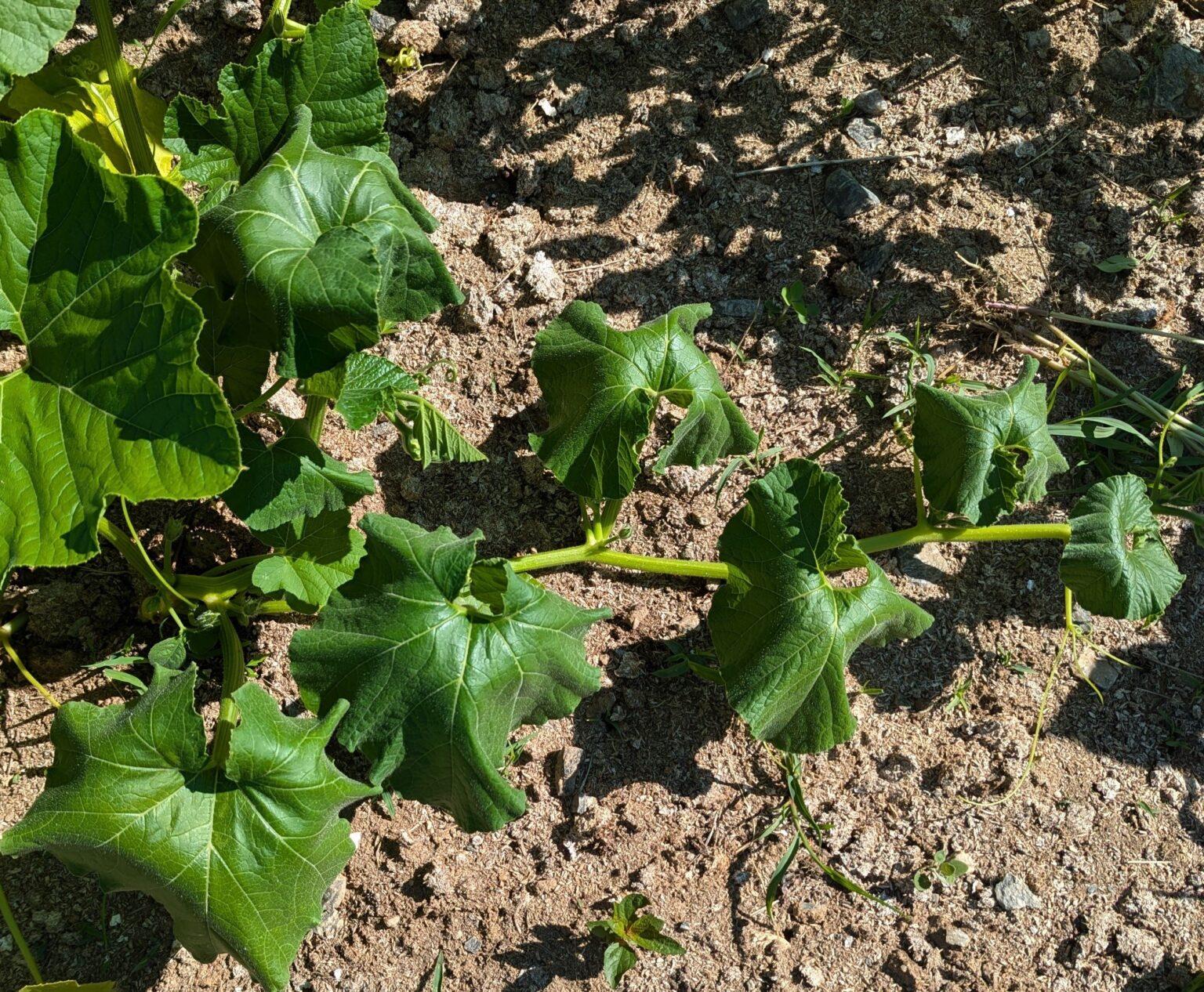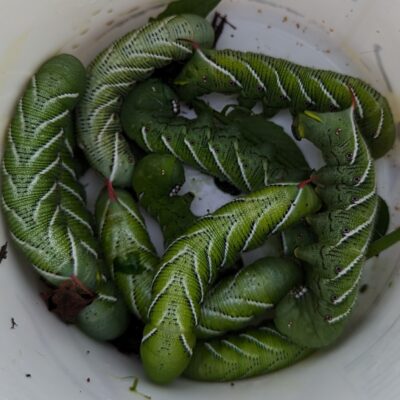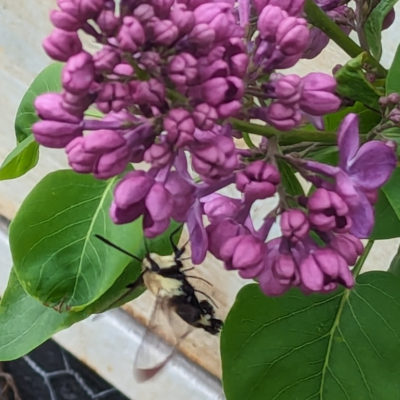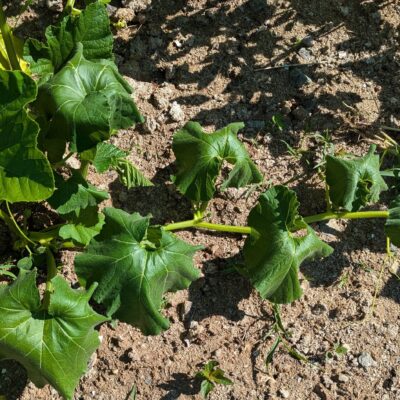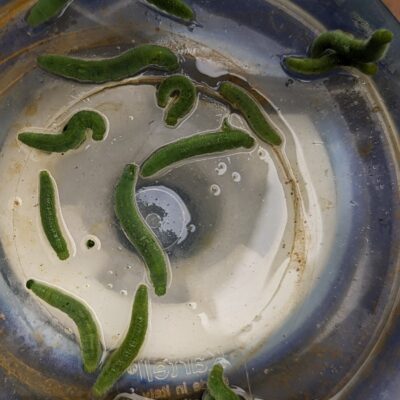Long days bring with it the hope of lush growth in the garden and landscape. Of course, lushness is an invite to some unwelcome visitors. Here is a short list of things to be on the lookout for.
Pests Of Note
In June, look out for the emergence of Japanese Beetles. The coppery adults have a broad host range, which include roses, grapes, soy bean, and even linden trees.
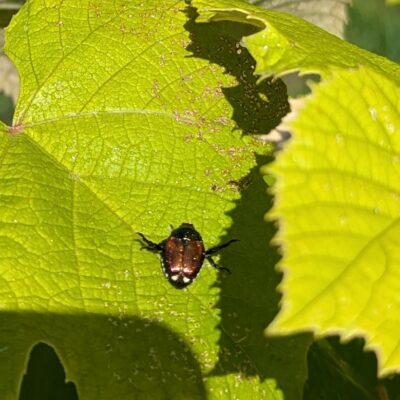
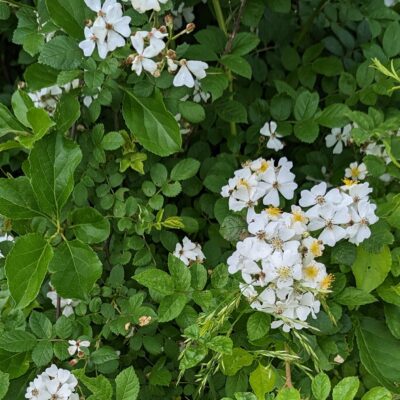
It is also time to inspect tomatoes for Hornworm. They are fairly stealthy, as their markings blend well with plant foliage. They are voracious eaters, and will quickly strip the foliage of your tomato plants! While you are at it, inspect winter squash for evidence of Squash Vine Borer, which will incite a wilt in the new growth. Inspect cole crops (such as broccoli, kale, cauliflower) for caterpillar damage. Look out for Imported Cabbageworm and Cabbage Loopers. They are camouflaged to be as green as the plants on which they feed, so look closely. Inspect leaves for damage (holes, eaten margins).
July also brings out Fall Webworm. The caterpillars prefer wild cherry, but will feed on black walnut, mulberry, and other trees.
Management Strategies
So, what do you do about summer pests? There are several approaches to managing Japanese Beetle in the garden. If you happen to be an early riser, pick them off your plants, and they’ll easily roll off, feigning death. Place an open jar half-filled with water under the foliage to collect Japanese Beetles (on reachable plants) fairly easily. Alternatively, a foliar application of azadirachtin, such as AzaSol has the effect of an antifeedant, effectively deterring the adults. In large trees, you may need to use tree injection. IMA-jet will provide season long protection in trees. Make applications in linden trees after flowering to avoid impacts on pollinators.
This year I am using a suspension concentrate of Bacillus thuringiensis, a soil bacterium which, when ingested by the caterpillar, causes paralysis and subsequent mortality. The same product may be used to protect squash plants from Squash Vine Borer, but it must be applied early as a protectant. Use BT for Imported Cabbageworm and Cabbage Loopers.
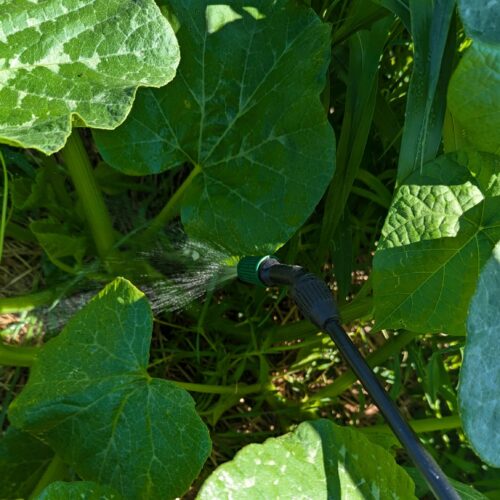
Webworm feed on trees. Although most of the damage is cosmetic in mature trees, it is more problematic in newly planted trees. If you can reach the web where the caterpillars are housed, cut it out of the limb of the tree, and destroy the nest. If pruning causes deformity in a small tree, or the nest is out of reach, you will need to consider other options. Early treatment is best. When you first see webworm, make a foliar application of AzaSol or BT bacterium. In larger trees, AzaSol can be injected directly into the sapwood. Use a formulation labeled for use as a tree injection.
Other Summer Chores
It won’t all be fighting off insects. Make sure you’re caring for your plants, too. If you’re growing tomatoes, like I am, they’ll require some special attention. Tie tomato plants to stakes or cages, securing every 10 or 12 inches. You can pinch off extra branches on the tomato plants, and propagate the cuttings in water. Pruning extra branches will let the plant put more energy into fruit production.
Of course, you’ll also need to weed, fertilize, mulch, and water…in that order.
Pulling weeds removes plant competition for your crops. Apply a slow-release granular fertilizer and work that well around your plants. Next, apply a mulch of wheat straw at least 3 to 4 inches deep. Mulching will keep the soil moist and helps to inhibit weed growth, if applied thickly enough. Mulches also add organic matter to the soil when they break down. Water early in the morning, before the heat of the day, which helps plants by keeping them well hydrated when temperatures peak. It is best to water deeply and infrequently; watering shallow and often encourages shallow roots, making plants less drought tolerant.
Next time we will consider fragrant shrubs to plant around your home. Happy gardening!
~ Signing off for now, Joe

